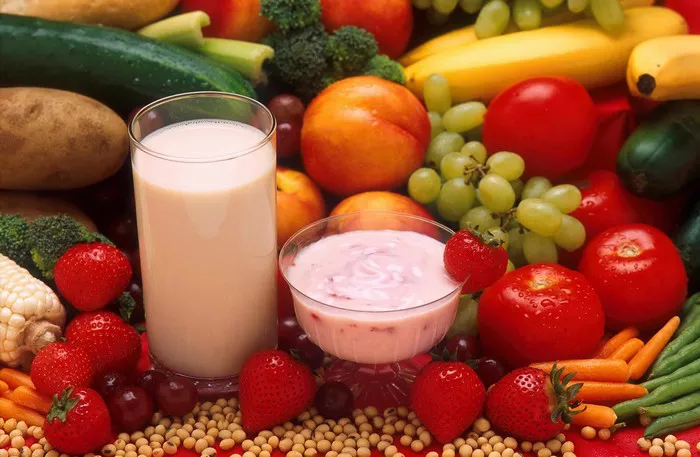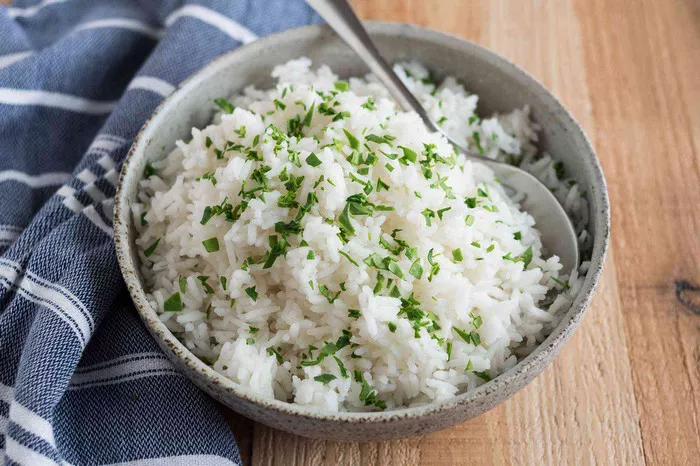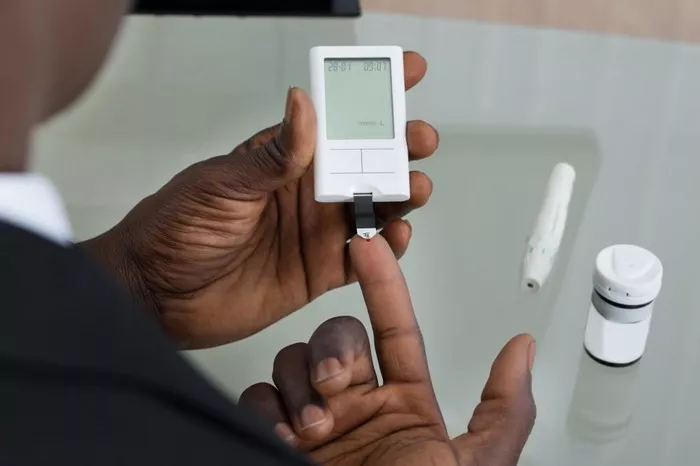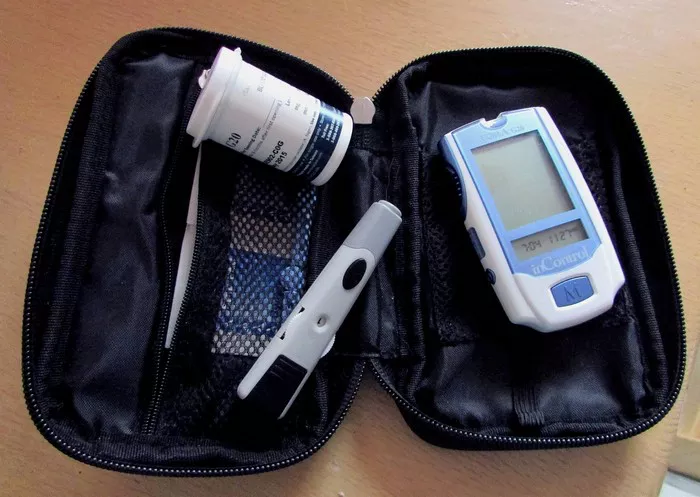Managing diabetes often means navigating a complex landscape of dietary choices. With blood sugar levels to monitor and control, patients frequently ask: “Which fruits are safe for me to eat?” This article explores the benefits of fruit in the diet of individuals with diabetes, highlighting those that can be consumed safely, and explaining the reasons behind these recommendations.
Understanding Diabetes and Dietary Challenges
Diabetes, a chronic condition characterized by elevated blood sugar levels, requires careful dietary management. The primary types are Type 1, where the body does not produce insulin, and Type 2, where the body is resistant to insulin or doesn’t produce enough. Both types necessitate vigilant control of carbohydrate intake since carbohydrates directly impact blood sugar levels.
Fruits, while nutritious, contain natural sugars and carbohydrates. The key to integrating fruit into a diabetic diet is understanding which fruits have a lower glycemic index (GI) and provide essential vitamins, minerals, and fiber without causing significant blood sugar spikes.
Glycemic Index and Glycemic Load
The glycemic index measures how quickly a food raises blood sugar levels. Foods are scored on a scale from 0 to 100, with higher numbers indicating a faster rise in blood sugar. Diabetics are often advised to consume low to medium GI foods to manage blood sugar more effectively.
Glycemic load (GL) considers both the glycemic index and the carbohydrate content in a typical serving size. This provides a more comprehensive understanding of how a particular food will affect blood sugar levels. For instance, watermelon has a high GI but a low GL due to its high water content and relatively low carbohydrate content per serving.
Fruits Suitable for Diabetics
Berries
Blueberries, strawberries, raspberries, and blackberries are among the best fruits for diabetics. These berries have a low GI and are rich in antioxidants, vitamins, and fiber. They help improve insulin resistance and protect against inflammation and oxidative stress, which are common in diabetes.
Nutritional Benefits:
- Blueberries: Rich in vitamin C, vitamin K, and fiber. They have been shown to improve insulin sensitivity.
- Strawberries: High in antioxidants and vitamin C, which support immune health.
- Raspberries: Contain high levels of dietary fiber, which aids in maintaining stable blood sugar levels.
- Blackberries: Packed with vitamin C, vitamin K, and manganese, supporting overall health.
Citrus Fruits
Oranges, lemons, limes, and grapefruits are excellent choices due to their low GI and high fiber content. Citrus fruits are also high in vitamin C and potassium, essential for heart health, which is often a concern for diabetics.
Nutritional Benefits:
- Oranges: Provide vitamin C, folate, and potassium, which help regulate blood pressure.
- Lemons and Limes: High in vitamin C and antioxidants, promoting healthy skin and immune function.
- Grapefruit: Contains naringenin, which has been shown to improve insulin sensitivity.
Apples
Apples are a convenient and versatile fruit with a low to medium GI. They are high in fiber, particularly pectin, which slows down digestion and helps manage blood sugar levels. Apples also provide vitamin C and various antioxidants.
Nutritional Benefits:
- High in fiber, particularly in the skin, which helps with blood sugar control.
- Contain vitamin C and numerous antioxidants that combat oxidative stress.
- Provide a good source of hydration and low in calories, aiding weight management.
Pears
Pears have a low GI and are rich in dietary fiber, vitamin C, and potassium. Their high fiber content slows digestion and absorption of carbohydrates, preventing rapid spikes in blood sugar.
Nutritional Benefits:
- High fiber content supports digestive health and blood sugar management.
- Provide vitamin C and copper, which support immune function.
- Contain potassium, which helps maintain healthy blood pressure levels.
Cherries
Cherries, particularly tart cherries, have a low GI and are packed with antioxidants like anthocyanins, which have been shown to improve insulin resistance and reduce inflammation.
Nutritional Benefits:
- Low in calories and high in vitamins A and C.
- Rich in anthocyanins, which help reduce inflammation and oxidative stress.
- Have anti-inflammatory properties, beneficial for managing diabetes-related complications.
Peaches
Peaches are another low to medium GI fruit that can be safely included in a diabetic diet. They are rich in vitamins A and C, potassium, and fiber.
Nutritional Benefits:
- Provide vitamins A and C, supporting immune and skin health.
- Contain potassium, which helps regulate blood pressure.
- High in fiber, aiding digestion and blood sugar control.
Plums
Plums and their dried counterparts, prunes, have a low GI and are rich in fiber, vitamins, and antioxidants. They can help in maintaining stable blood sugar levels.
Nutritional Benefits:
- High in fiber, which helps regulate digestion and blood sugar levels.
- Provide vitamins C and K, supporting immune and bone health.
- Contain antioxidants that combat oxidative stress.
Kiwi
Kiwi has a low GI and is exceptionally high in vitamin C, vitamin K, and fiber. Its nutrient profile makes it a great choice for diabetics looking to manage their blood sugar levels.
Nutritional Benefits:
- High in vitamin C, supporting immune function and skin health.
- Provides dietary fiber, aiding digestion and blood sugar management.
- Contains antioxidants that protect against cellular damage.
Avocado
Though often classified as a fruit, avocado is unique in that it is very low in carbohydrates and high in healthy fats, fiber, vitamins, and minerals. It can help improve insulin sensitivity and provide a sense of fullness.
Nutritional Benefits:
- High in monounsaturated fats, which improve heart health.
- Rich in fiber, aiding digestion and blood sugar control.
- Contains vitamins K, E, and C, supporting overall health.
Guava
Guava has a low GI and is rich in dietary fiber, vitamin C, and other essential nutrients. It is known for its potential to improve blood sugar control and insulin sensitivity.
Nutritional Benefits:
- Extremely high in vitamin C, boosting immune health.
- Provides dietary fiber, aiding in blood sugar management.
- Contains antioxidants that reduce oxidative stress.
Fruits to Limit or Avoid
While most fruits can be included in moderation, some fruits have a higher GI and should be consumed with caution.
Bananas
Bananas have a higher carbohydrate content compared to other fruits. Though they are nutritious and provide potassium and vitamins, it is advisable for diabetics to consume them in smaller portions and pair them with protein or healthy fats to mitigate blood sugar spikes.
Pineapples
Pineapples have a higher GI, meaning they can cause a more rapid increase in blood sugar levels. They can still be enjoyed in moderation, particularly when paired with foods that have protein or fat to slow the absorption of sugar.
Watermelon
Watermelon has a high GI but a low GL due to its high water content. Diabetics can enjoy watermelon in moderation, considering portion sizes to avoid significant blood sugar spikes.
Mangoes
Mangoes are sweet and have a higher carbohydrate content. While they are rich in vitamins A and C, they should be consumed in smaller quantities and monitored closely.
Grapes
Grapes, while delicious and nutritious, have a higher GI and can contribute to rapid blood sugar increases if eaten in large quantities. Small portions can be incorporated into a balanced diet.
Practical Tips for Including Fruit in a Diabetic Diet
Portion Control
Managing portion sizes is crucial for diabetics. Even low-GI fruits can cause blood sugar spikes if consumed in large quantities. A typical serving size is one small fruit, half a large fruit, or about 1 cup of berries or melon.
Pairing with Protein or Fat
Combining fruit with protein or healthy fats can help slow down the absorption of sugar, leading to more stable blood sugar levels. Examples include pairing an apple with a handful of nuts or adding berries to Greek yogurt.
Timing of Consumption
Consuming fruit as part of a meal, rather than on its own, can help mitigate blood sugar spikes. The fiber, protein, and fat from the meal slow down the digestion and absorption of sugars from the fruit.
Monitoring Blood Sugar Levels
Regular monitoring of blood sugar levels can help diabetics understand how different fruits affect their blood sugar. Keeping a food diary and noting blood sugar responses can provide valuable insights for dietary adjustments.
Choosing Whole Fruits Over Juices
Whole fruits are preferable to fruit juices, which often contain added sugars and lack the fiber that helps manage blood sugar levels. Whole fruits also provide a sense of fullness, helping with portion control.
Incorporating Variety
Eating a variety of fruits ensures a broader intake of essential nutrients and antioxidants. Different fruits offer different vitamins, minerals, and health benefits, contributing to overall well-being.
Conclusion
Incorporating fruit into a diabetic diet can be both enjoyable and beneficial. The key is choosing fruits with a low to medium glycemic index, controlling portion sizes, and pairing fruits with other macronutrients to ensure stable blood sugar levels. With careful selection and mindful eating, diabetics can enjoy the natural sweetness and nutritional benefits of fruits while maintaining good blood sugar control.
Fruits such as berries, citrus fruits, apples, pears, cherries, peaches, plums, kiwi, avocados, and guava are excellent choices for diabetics. They provide essential vitamins, minerals, antioxidants, and fiber, supporting overall health and well-being. By understanding the glycemic index and glycemic load, and incorporating practical dietary strategies, diabetics can make informed choices that enhance their health and quality of life.
Related topics:
Why Does Blood Sugar Rise Without Eating?



























